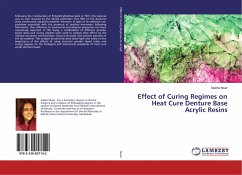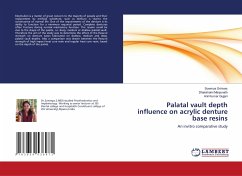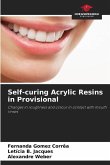Following the introduction of Polymethylmethacrylate in 1937, this material was so well received by the dental profession that 98% of the dentures were constructed using this material. However, in spite of its extensive use, problems associated with the presence of residual monomers following fabrication, thus effecting its mechanical and physical properties has been capaciously reported. In this study, a combination of different powder liquid ratios and curing regimes were used to analyze their effect on the residual monomer concentration, flexural strength and percent porosity of the set material. This analysis should help shed some light and stress on the importance of the effects of using incorrect powder liquid ratios and curing regimes on the biological and mechanical properties of heat cure acrylic denture bases.








